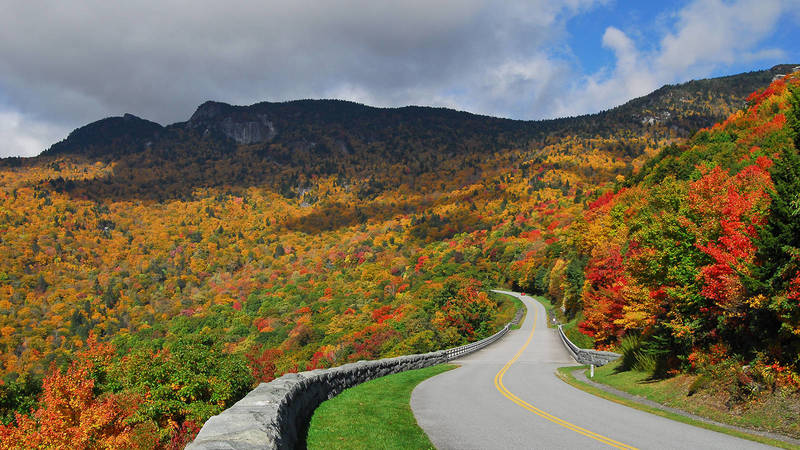Americans cherish national parks and want to see them adequately funded and protected for the future. As we look to the November election, the upcoming National Park Service centennial offers a unique opportunity for our next president and Congress.
This week, as we celebrate the National Park Service’s 96th birthday, we can reflect on the challenges and opportunities facing our national parks as they near their second century. From the shores of Acadia to the battlefields at Gettysburg, the petroglyphs at Mesa Verde and the bison that roam Yellowstone, our 397 national parks protect and preserve America’s heritage.
The National Park System contains some of our most historically significant sites as well as some of the last wild lands of America. They provide some of the very best wildlife viewing experiences in the country. Visitors can see grizzlies, bison, and mountain goats in the wild; and can experience the historic migration of caribou or pronghorn and see lynx, wolves, and other animals in their native habitat. Yet our national parks are vulnerable from the number one threat facing our parks today—inadequate funding. The Park Service currently suffers from an annual operating shortfall of more than $500 million, and additional looming cuts will jeopardize this world-class resource.
After two years of declining funding, national parks now face the prospect of devastating cuts through the annual appropriations process and the looming threat of the “sequester” scheduled for January 2013. If Congress doesn’t agree on a budget, the Park Service could face cuts of up to 10 percent. That would likely mean closed visitor centers, closed campgrounds, closed park sites, and thousands of rangers and other park employees out of a job.
In a time when our economy and local communities are facing some of their greatest challenges, national parks offer some of our most promising sources of hope. National parks are a top tourist draw but are a very small part of the federal budget—less than 1/14th of 1 percent. Yet they support $31 billion in private-sector spending and 258,000 jobs each year. And even in these challenging fiscal times, new poll results indicate that 92 percent of likely voters think that federal spending on national parks should be increased or kept the same.
Americans cherish national parks and want to see them adequately funded and protected for the future. Earlier this year, nearly 400 diverse voices convened at America’s Summit on National Parks to chart a course for national parks in their second century. Participants engaged in dynamic discussions about some of the greatest challenges and opportunities facing our national parks and these ideas are captured in the “Statement of Principles,” for which we have now nearly 550 park supporters that have vowed as a community to take action to ensure the protection, enhancement and support for our national parks and programs into their second century.
The centennial of the National Park Service should be more than a celebration of the past. It should be the public renewal of a national commitment to one of history’s most successful ideas. American voters want to help with this effort, as indicated by the 36 percent who said they would actively volunteer time or money to support a national campaign to protect them for the future.
Our national parks are at a crossroads. Making the right choice to invest in national parks will not only protect our national park legacy, but benefit local economies and communities nationwide. As we look to the November election, this milestone can be a turning point and unique opportunity for our next president and Congress to leave their imprint by advancing the national park idea for the century to come, and enhancing its relevance to a new generation. It is a cause that all Americans can support, if we put aside our differences and unite on America’s common ground.
This story is cross-posted with the Huffington Post.
About the author
-
Issues



